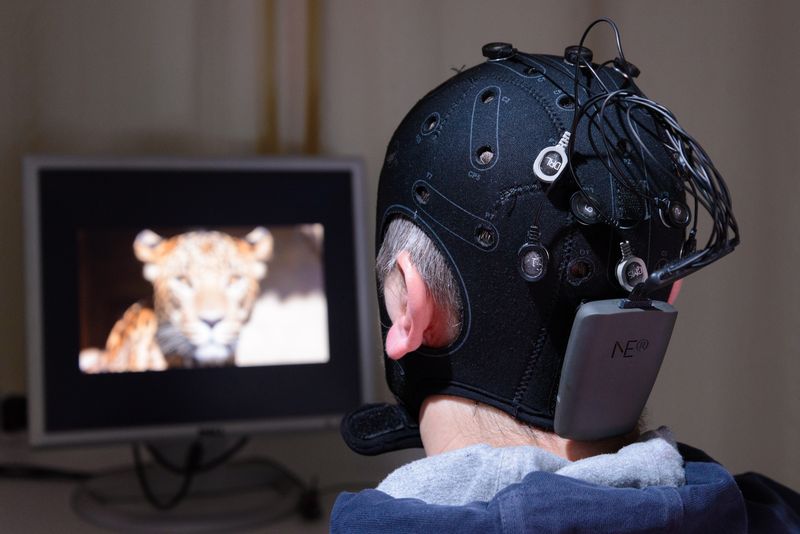Transcranial Electrical Brain Stimulation (TES)

Beside of therapeutic purposes (e.g. in psychiatric conditions) TES is used in many scientific applications.
At the IBB we investigate the changes in functionality of the human brain when influencing (excitation or inhibition) specific brain regions by means of TES and TMS.
Furtheron a main focus of our research lies on a better understanding of the underlying mechanisms and improvement of application setups (multi-channel TES, current flow and density simulations etc.).
Specifications TES Devices
two-channel Constant Current Stimulator
- Model: DC-Stimulator PLUS
- Manufacturer: neuroConn GmbH, Ilmenau, Germany
- Stimulation Modes: tDCS, tACS, Noise (LF / HF)
- Current Range: -4.5 - 4.5mA
- Voltage Limitation: +- 20V
- Trigger in- and Output ports
- SHAM and study mode applicable
The IBB drives two of this devices. One of it is fMRI compatible.
eight-channel Constant Current Stimulator
- Model: Starstim 8
- Manufacturer: Neuroelectrics, Barcelona, Spain
- wireless and wearable concept allows for mobile simultaneous stimulation and EEG recording at different electrode positions
- linear combination of tDCS, tACS and tRNS, or user-defined waveforms
- Sham and fully configurable double-blind mode
- Remote control via TCP/IP data stream with Matlab interface
- TTL I/O trigger adapter
- Maximum current per channel: ± 2mA (total injection all channels: 4mA)
- Voltage Limitation: ± 15V per electrode (30V potential difference)
The IBB drives two of this devices.

